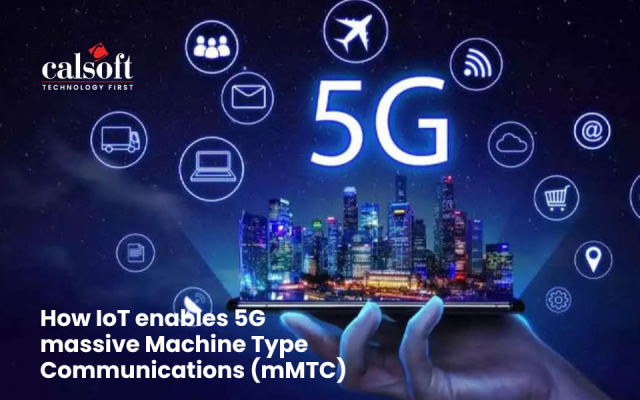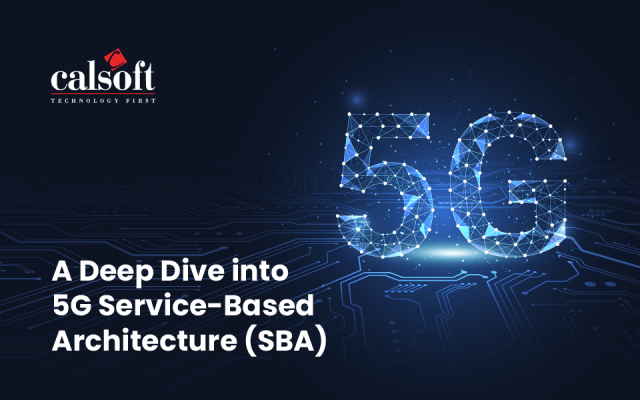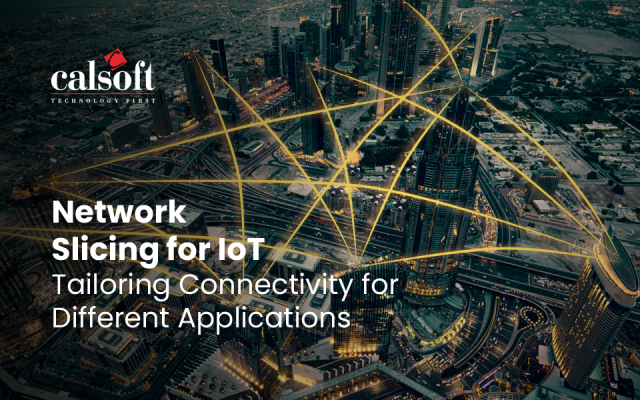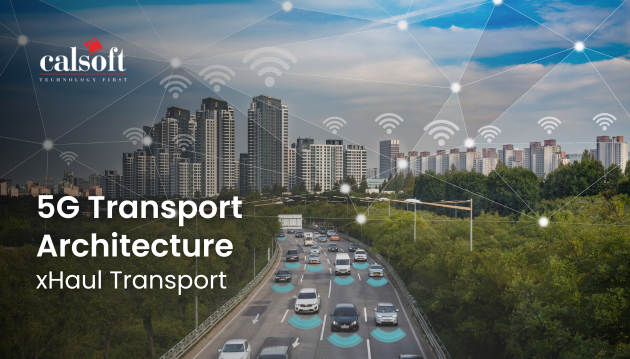Robust and reliable connectivity has become a top priority for digital transformation. To underpin innovative services as part of digital transformation, key drivers such as enhanced coverage, flexibility, good quality, and security play a significant role in ensuring seamless connectivity.
Enterprises especially hospitals, malls & institutes, and various industry verticals such as smart factories, smart grid, public safety, and more depend on different existing and sustainable wireless communication technologies to provide extreme Quality of Service (QoS) and Quality of Experience (QoE). However, challenges persist in wireless technologies to meet the specific requirements of these applications in terms of data connectivity, reliability, remoteness, and physical complexity. Private 5G and Wi-Fi 6 are gaining a good deal of hype and discussion around various wireless technologies.
Any smart organization ecosystem consists of a massive number of sensors, Internet of Things (IoT) devices, robots, drones, and machines. The most appropriate technology aligning with the business goals should be selected to provide good connectivity to meet specific service requirements.
Current Overview: Private 5G and Wi-Fi 6
Today, Wi-Fi is the most dominant unlicensed wireless technology. However, Wi-Fi is not an apt choice to serve specific IoT-related use cases involving remote and mobile deployment. Such use cases demand high coverage, capacity, an efficient transport network, and a higher level of control with data security. However, the latest advancement in Wi-Fi, i.e., Wi-Fi 6 is getting prevalent recognition in enterprise applications.
On the other hand, Private 5G promises ubiquitous connectivity with enhanced speed, capacity, and 10x less latency than other wireless technologies. When compared to Wi-Fi, Private 5G will be finally the key enabler for enterprise connectivity solutions. This leads to a question about evaluating the advantages and disadvantages of both technologies. However, Private 5G and Wi-Fi 6 complement each other in many aspects.
Comparison of Private 5G and Wi-Fi 6
Private 5G and Wi-Fi 6 wireless technologies have characteristics that are beneficial for a specific enterprise or industrial applications.
| Point of Comparison | Private 5G | Wi-Fi 6 |
| Security | Supported by SIM card | No SIM card makes vulnerable to privacy and security issues |
| Spectrum | Supports licensed/unlicensed and shared spectrum | Unlicensed spectrum |
| Capacity | High capacity connecting a massive number of devices at a time | Low capacity connecting a limited number of devices at a time |
| Quality of Experience (QoE) | Provide seamless connectivity with handover capability | Handover failure results in poor network connection quality |
| Coverage | Small cells can ensure 24 x 7 connectivity. | More Access Points (APs) are required to ensure the same network coverage as 5G (Wi-Fi 6 compatible APs are needed for Wi-Fi 6 supporting devices) |
| Use Cases | Ensure reliable service delivery for mission-critical applications | More suitable for non-mission critical applications |
| Cost-Efficiency | Spectrum licensing cost makes Private 5G expensive | Cost-effective solution to provide small and mid-scale enterprise applications |
In a Nutshell
With Industry 4.0 revolution, enterprise and various industrial applications are enabled by effective wireless networking and IoT solutions. Private 5G and Wi-Fi 6 will complement each other and continue to co-exist to implement advanced use cases.
These connectivity technologies together with key technology trends such as cloud and edge computing play a significant role to provide reliable services and operations in the future. In the long run, enterprises or industry verticals should get insights to choose appropriate connectivity technology depending on the use case requirements.







